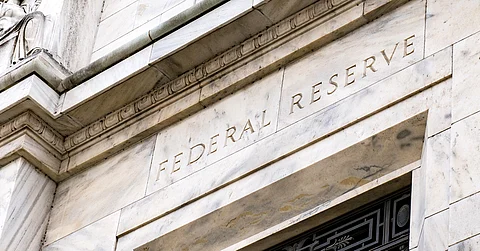
- NEWS
- the EDIT
- COMMENTARY
- BUSINESS
- LIFE
- SHOW
- ACTION
- GLOBAL GOALS
- SNAPS
- DYARYO TIRADA
- MORE

The US labor market is not doing as well as headlines suggest, a top Federal Reserve official said Friday, a day after making the case for an interest rate cut later this month.
The US central bank has been cautiously monitoring the effects of President Donald Trump’s sweeping tariffs this year as it decides when to reduce the benchmark lending rate further, trying to balance the need to keep inflation down with maintaining a healthy jobs market.
Fed governor Christopher Waller told Bloomberg Television that the labor market is now in a “hold pattern.”
“They’re not hiring, they’re not firing, they’re just watching. And that’s kind of what you see in this underlying private sector data,” he said.
“It wouldn’t take much to sort of tip it,” he added, emphasizing that indicators do not point to “a super healthy private sector labor market.”
The Fed has held interest rates steady at a range between 4.25 percent and 4.50 percent this year, drawing ire from Trump as the president repeatedly chastised Powell for not slashing rates despite so-far relatively tame inflation.
Review of tariffs’ effects up
Fed officials expect to have a better read of the tariffs’ effects — particularly on prices — over the summer months.
But a rapidly weakening labor market could shift its calculus and policymakers could opt for an earlier rate cut to boost the economy.
Waller said Friday that he does not commit to decisions before policy meetings, as the Fed’s rate-setting committee prepares to gather later this month.
He stressed that “we live in a world in which we have to respond to real time data.”
A day earlier, Waller told an event in New York that he believes tariffs bring a one-off price increase and said it makes sense to lower rates by a 25 basis points in two weeks.
He added in remarks that duties could push up inflation later this year, but there remains much uncertainty about how trade deals or escalating conflicts could change that outcome.
